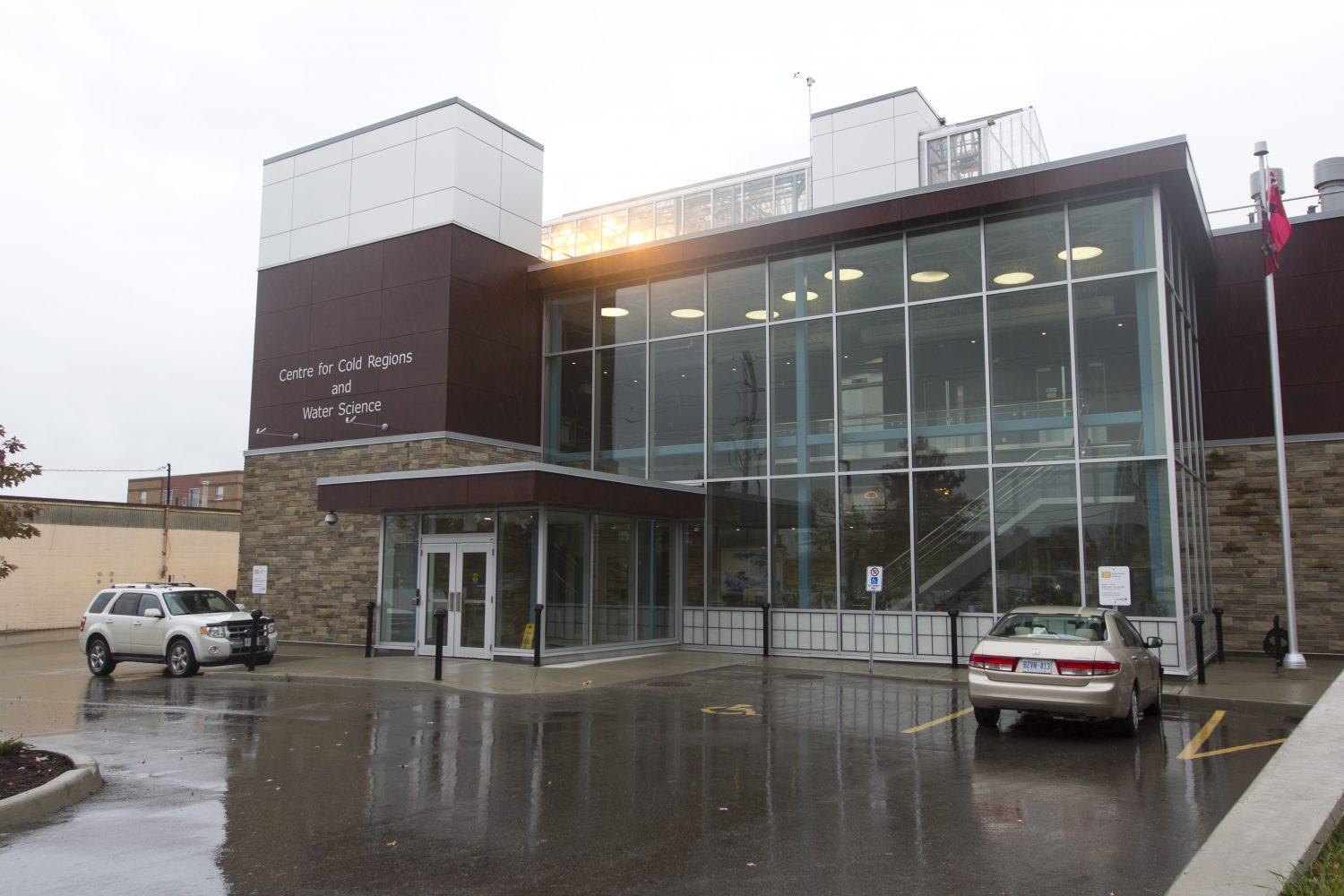WLU hosts workshop for high school students


The Aquatic Science Outreach Network for the Grand workshop was hosted by Wilfrid Laurier University this past fall.
It allowed high school students from across the Waterloo Region to learn about local water issues while being able to experience hands-on work in their research laboratories.
The workshop consisted of various different engaging learning experiences.
High school students were first able to go through the procedure of collecting water samples from a variety of points of the Grand River near the waste water treatment centre.
The students were able to take their samples and test the local water for various samples in the appropriate scientific way, ensuring the samples weren’t contaminated.
After spending time at the Grand River, the students were taken back to the Centre for Cold Regions and Water Science.
At the centre, they were able to look at the high tech equipment used to analyze water samples, were taken on tours of the fish lab area and were able to speak to graduate students who explained the research they were conducting more in detail.
After a short lecture from a Laurier professor, the students were able to experience a bit of their own hands-on analysis in the research laboratory.
“They got to do hands-on water testing and see a very practical aspect of things that I was teaching in my class. Things that I wouldn’t have been able to do because I simply didn’t have the knowledge or equipment and go as deep as we were able to do at Laurier,” explained Scott Stevens, a teacher at Woodland Christian High School, whose students participated in one of the workshops.
Gena Braun, research instrumentation technician at the Centre for Cold Regions and Water Science Analytical Facility, said the workshops were a great way to provide the broader community with an understanding of local water issues.
“What they do in their own homes and schools and what they put down the drain can end up in the river and the river provides some of our drinking water. Sometimes it’s hard to get a handle on research when it feels really big and far away, so it’s nice to give it a local spin,” said Braun.
Teaching high school students about the importance of local water sources and how their actions can potentially effect drinking water also allows them to make a real-life connection to the lessons they learn in class.
“Water has an effect on them, we use it everyday, so being able to see real-world application of putting knowledge and experience to use, I thought was pretty cool,” said Stevens.
Stevens also explained that it gave his students the opportunity to see what pursuing a degree in geography might be like in a post-secondary institution such as Laurier.
“It’s a chance to see how their potential degree could apply to real world situations and to their every day lives,” said Stevens.
“It shows the local community what’s going on here and it lets us stay in touch with the community and get an idea of what high school students might be interested in or how we can capture their interests,” said Braun.


